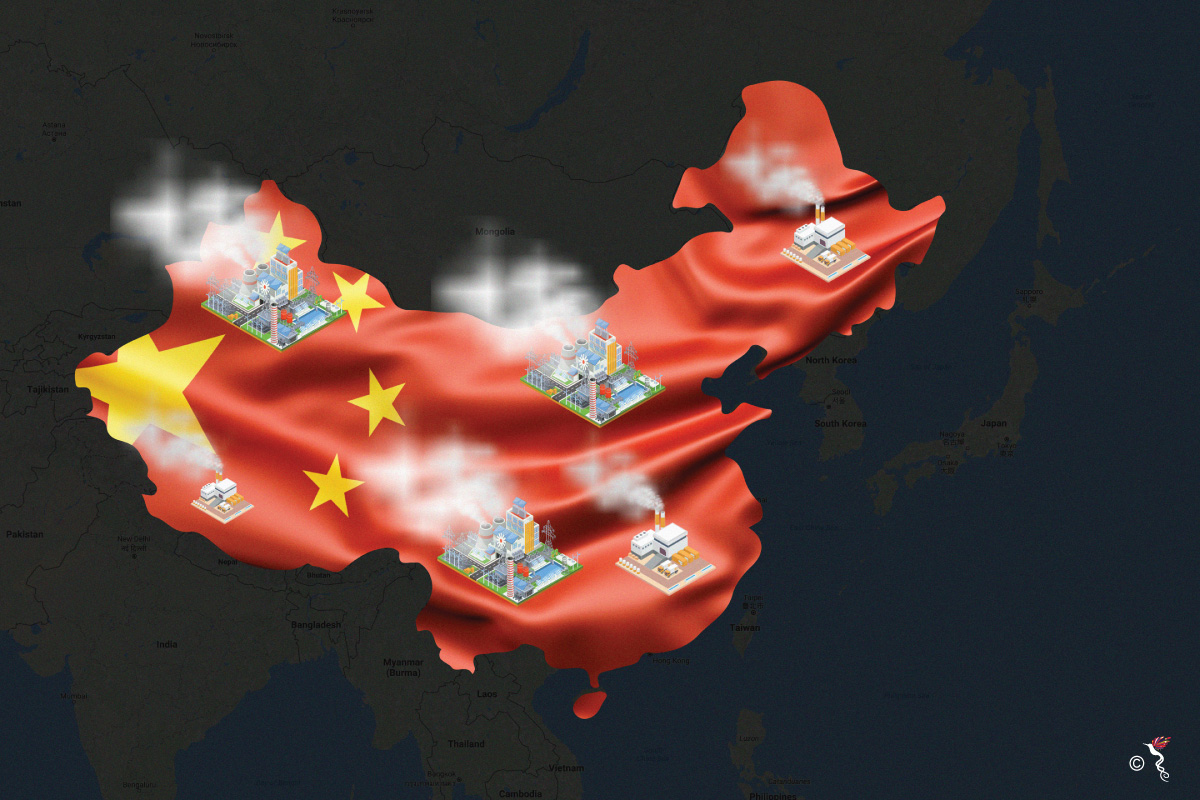China’s move to create the world’s biggest power company is expected to be the first such government-managed mega-merger by the largest energy consumer.
The newly created China Energy Investment Corp. - a combination of Shenhua Group Corp., the nation’s largest coal miner, and China Guodian Corp., one of its top-five power generators - may be the first of multiple consolidations, which Wood Mackenzie Ltd. estimates would include almost $1 trillion in assets.
“The Shenhua-Guodian merger is just the beginning of a wave of massive consolidations in China’s energy sector,” said Frank Yu, a Beijing-based analyst at Wood Mackenzie. “The landscape of major power utilities could be fundamentally reshuffled.”
The merger is one of the clearest signals of President Xi Jinping’s commitment to consolidate China’s power industry as his government seeks to cut industrial overcapacity and accelerate the overhaul of state-owned enterprises. It also dovetails with efforts to lower the country’s reliance on coal and expand the use of renewables and natural gas. At 1.65 terawatts, China has more than 40 percent more generating capacity than the U.S.
“More central state-owned enterprise integration - particularly between power generators or between coal and power companies - will likely emerge,” Jenny Yang, director of China power and renewables at IHS Markit Ltd., wrote in a research note. “Some of the other large power generation companies will likely be targets for future mergers.”
China’s top five power producers were formed from the 2002 break up of State Power Corp., aimed at improving the sector’s efficiency. That followed the 1997 creation of State Power, which was carved from what was then the Power Industry Ministry to separate the business and regulatory functions of the sector.
Possible Partners
China Huaneng Group, the country’s biggest coal-fired power producer, may merge with State Power Investment Corp., Bloomberg reported in May. SPIC Chairman Wang Binghua said in July that the company is in contact with Huaneng Group about a restructuring and “something big may happen later.”
China Huadian Corp. and China Datang Corp. are the remaining two of China’s large state-power companies. The asset value of those big five generators, as well as the nation’s two nuclear power developers and top two coal miners, could reach close to $1 trillion, according to Wood Mackenzie.
“The 2002 reform was a success in terms of raising China’s power generation capacity, and achieved what it was designed to achieve: to break power monopoly and say goodbye to the old planned economy,” said Simon Powell, head of Asian utilities research at UBS Group AG in Hong Kong. “What it failed to achieve was to set rules for ‘economic dispatch’ or limiting what kind of power plants generators can and cannot build.”
In 2003, power supply was unable to keep pace with demand, with weekly power failures hitting more than half of China’s provinces and regions, as well as major cities including Shanghai. Power generation more than tripled from then until last year, hitting 5.9 trillion kilowatt hours.
The glut of supply has forced the nation’s generators to run at the lowest utilisation rate since 1964, according to the National Energy Administration. Cutting the number of generators through mergers is one way the government can manage that current overcapacity, Powell said.
Consolidation could also help the government manage its reduction of coal-fired power generation. Construction on a total of 150 gigawatts of new coal capacity will be halted or postponed from 2016 to 2020, the National Development and Reform Commission said this month. Another 20 gigawatts of outdated capacity will be eliminated, according to the NDRC.
The new company between Shenhua and Guodian will have an installed capacity of more than 225 gigawatts, with over 320,000 employees. Slated as one of China’s largest companies, it will be even less nimble and strapped with more social burdens, which could raise inefficiencies, according to IHS Markit’s Yang. – Bloomberg
